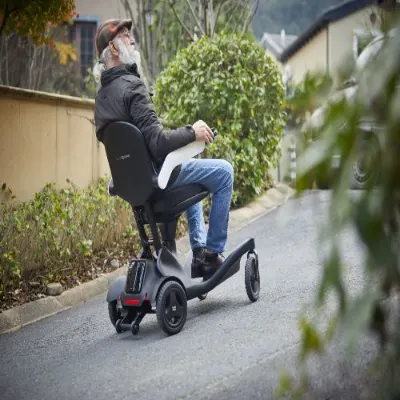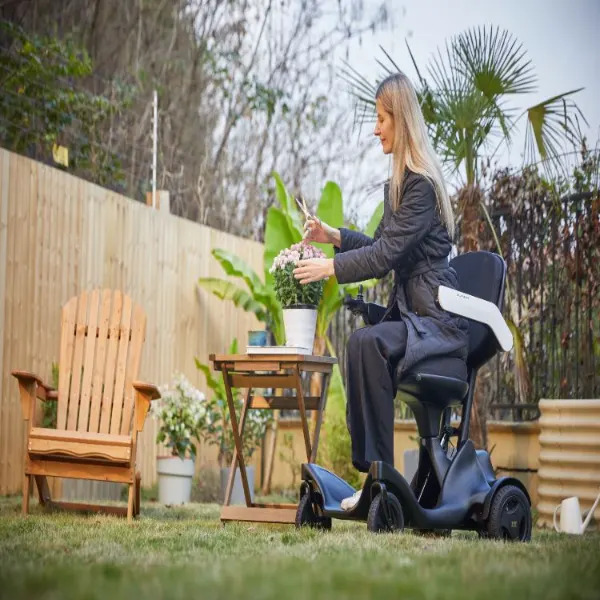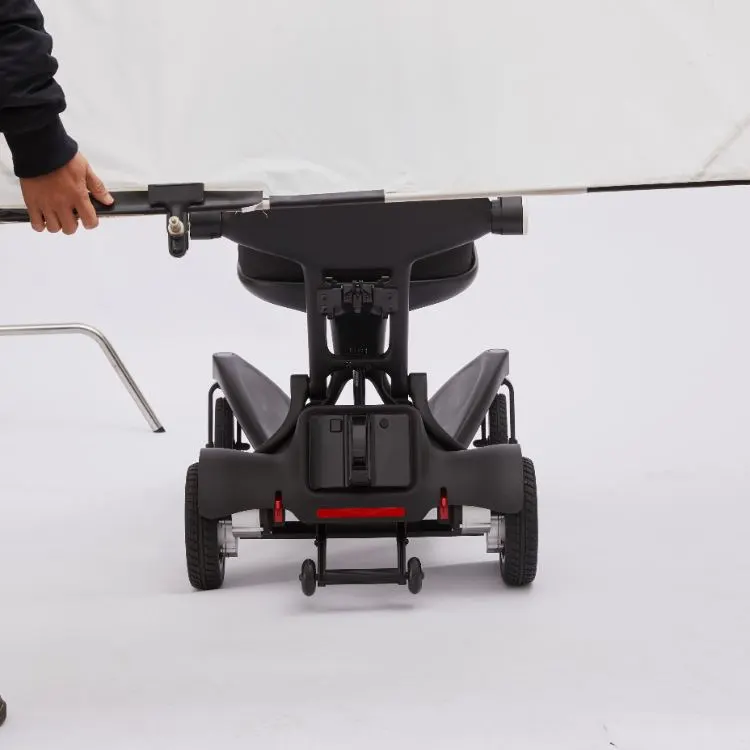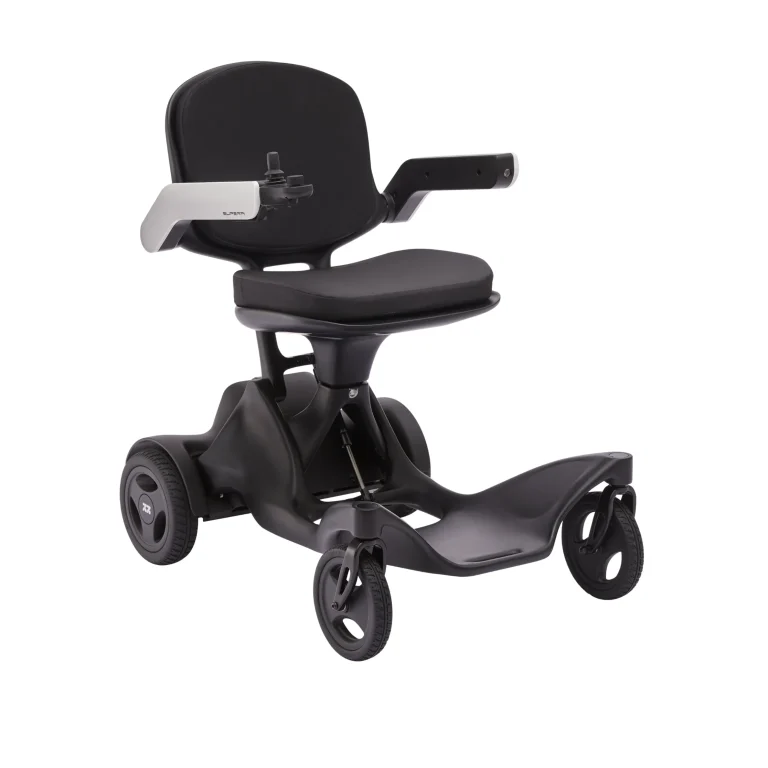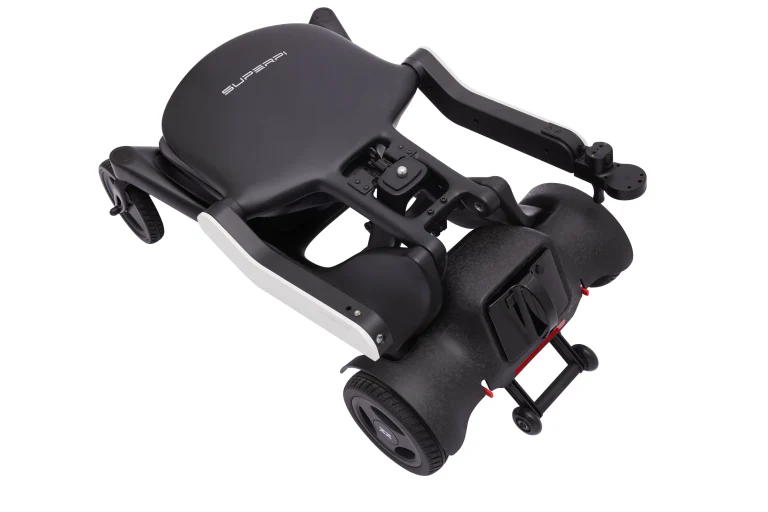
Introduction: The New Era of Assistive Technology
For the 1.3 billion people living with disabilities globally, AI isn’t just convenient—it’s life-changing. From computer vision that describes the world to paralyzed users to predictive text that helps nonverbal individuals communicate, we examine 12 groundbreaking applications.
Section 1: Mobility & Physical Assistance
1.1 Smart Prosthetics
- Ottobock’s AI Knees: Machine learning adapts to terrain changes 200x faster than traditional prosthetics
- Exoskeleton Control Systems: Reinforcement learning enables natural movement patterns (Case study: Hyundai Medical Exosuit)
1.2 Navigation Tools
- Microsoft’s Seeing AI: Scans environments with 93% object recognition accuracy
- WeWALK Smart Cane: Ultrasonic sensors + Google Maps integration prevents collisions
Section 2: Communication Breakthroughs
2.1 Speech Generation
- Voiceitt App: Trains on dysarthric speech patterns to enable clear phone calls
- Project Relate (Google): Personalizes voice models for ALS patients
2.2 Sign Language Translation
- SignAll’s AI Gloves: Converts ASL to text at 60 words/minute
- MotionSavvy UNI: First tablet-based sign language interpreter
Section 3: Cognitive & Sensory Support
3.1 Visual Assistance
- Envision Glasses: Reads printed text aloud with OCR + AR overlays
- Aira Smart Glasses: Connects users to remote human agents via computer vision
3.2 Neurodiversity Tools
- BrainPower’s AI Coach: Helps autistic children interpret social cues through Google Glass
- MindEye: EEG headset translates thoughts into speech for locked-in syndrome
Section 4: The Road Ahead
While current tech focuses on adaptation, next-gen AI aims for true inclusion:
- Neuralink’s brain-computer interfaces (Human trials underway)
- Tactile VR environments for deaf-blind communication
- Ethical considerations around data privacy and algorithmic bias

